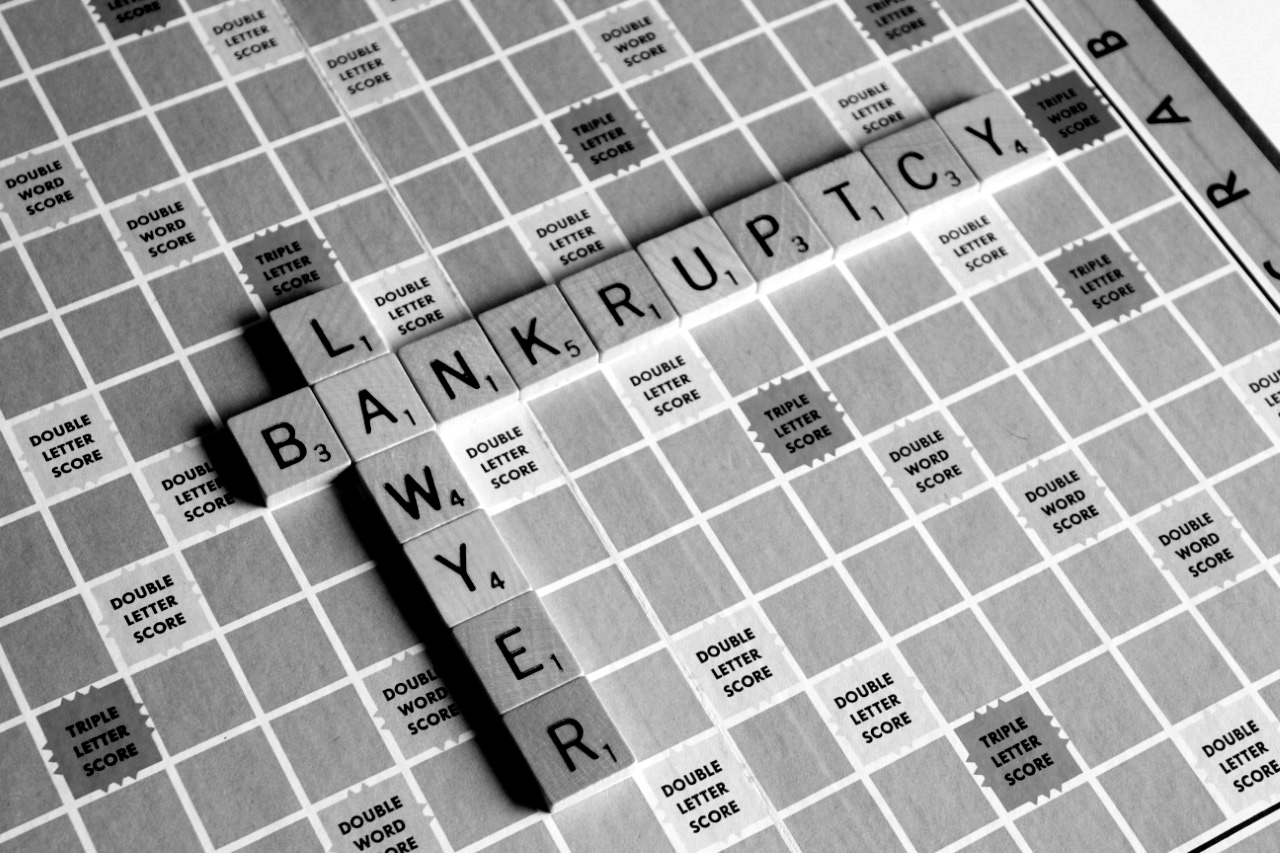Background
The first few weeks in bankruptcy are a blur of deadlines. For one, debtors must file a list of equity security holders pursuant to Bankruptcy Rule 1007(a)(3). This list can be critical for entities taxed as partnerships under Subchapter K of the Internal Revenue Code.
Commenced in 2019, the LeClairRyan bankruptcy case in the U.S. Bankruptcy Court for the Eastern District of Virginia rages on. Recently, the parties clashed over the typically mundane Equity Security Holder (“ESH”) List.
For a corporation, an ESH List provides the names of all stockholders and their number of shares. By contrast, for a partnership or a limited liability company, an ESH List includes the names of all interest holders and their proportionate share of the entity’s interest.
In bankruptcy, debtors remain subject to federal income taxation. Accordingly, the distinction between entity types is imperative for federal income tax purposes.
Under Subchapter C, corporations are taxed at both the entity and shareholder levels. Because shareholders are typically taxed only on distributions, shareholders rarely report income from the corporation on their individual returns during bankruptcy.
Conversely, partnerships are taxed as pass-through entities under Subchapter K, subjecting partners, but not the partnership itself, to taxation. By default, LLCs are taxed as partnerships, but may elect to be taxed as corporations. Partners or members taxed under Subchapter K must report their portion of the entity’s income, profits, and capital annually on their Schedule K-1s. Consequently, in bankruptcy, partners or members may be taxed on the entity’s income even if such income is not paid to them.
LeClairRyan Bankruptcy
LeClairRyan, a professional limited liability company, was founded in 1988. As a non-electing PLLC, LeClairRyan was treated as a partnership under Subchapter K.
By 2019, LeClairRyan was insolvent. In the summer of 2019, numerous partners resigned. On July 29, 2019, LeClairRyan was dissolved, and a committee was appointed to wind down the firm’s operations. LeClairRyan filed for bankruptcy on September 3, 2019 and submitted its ESH List, identifying the entity’s members as of the firm’s dissolution date. In October 2019, Lynn Tavenner was appointed as trustee to oversee the Chapter 7 proceedings.
Litigation
Tavenner commenced litigation against founder Gary LeClair in August 2021. LeClair filed a counterclaim, asserting that Tavenner inaccurately treated him as a member of LeClairRyan when his membership had terminated before the bankruptcy filing. LeClair sought an order declaring he was no longer a member of LeClairRyan upon his termination date, whereas Tavenner sought an order approving her reliance on the original ESH List.
LeClair objected that the ESH List was causing him to be taxed on phantom income, despite previously selling his shares back to LeClairRyan. In response, Tavenner argued that she had relied on the list as evidence of his equity security interest.
Court Decision
In April 2022, Judge Huennekens granted Tavenner’s reliance motion and denied LeClair’s request for removal from the ESH List. Judge Huennekens found the LeClairRyan operating agreement’s liquidation and dissolution terms unambiguous, so when LeClair terminated his employment—two days after the dissolution—his resignation was void. Therefore, the ESH List remains in effect, and LeClair remains subject to tax as an equity holder.
Judge Huennekens highlighted the tax consequences: “In the case of a partnership or other tax flow-through entity, it is possible for the income generated by the bankruptcy estate to pass through to the partners’ level with a corresponding lack of cash flow necessary to pay the taxes.”
Conclusion
Partners should fully understand the exit provisions of an operating agreement before signing. Becoming a partner is important, but getting out can be equally important.
Outside of bankruptcy, the issue of phantom income may be resolved by amending the operating agreement. However, in bankruptcy, the entity’s frozen activities can render the former equity holders frozen too. LeClair may be stuck as a member for the duration of the proceedings.
If partners aspire to a different fate, they should (1) ensure their operating agreement contains unambiguous dissolution and liquidation provisions; (2) withdraw pursuant to the operating agreement; and (3) promptly ensure that their withdrawal is reflected on the ESH List. Failure to correct an ESH List in bankruptcy can generate tax liability without corresponding income.
The full article in its original form, as originally published in Law360, can be found here.
Edward Schnitzer is chair of the Bankruptcy & Financial Restructuring Department at Montgomery McCracken Walker & Rhoads LLP.
Hannah Travaglini (LAW ’21) is an associate in the Business Department at Montgomery McCracken Walker & Rhoads LLP.

Navigating bankruptcy’s complexities is undoubtedly a labyrinth of legal intricacies. Your breakdown of the LeClairRyan case sheds light on the often-overlooked nuances, particularly the significance of the Equity Security Holder (ESH) List.
The distinction between corporations and partnerships/limited liability companies in the realm of taxation adds an additional layer of complexity. The LeClairRyan case serves as a vivid example of the tax consequences intertwined with bankruptcy proceedings, emphasizing the importance of understanding entity types and their implications.
The courtroom drama and subsequent decision by Judge Huennekens paint a vivid picture of the challenges faced by individuals like Gary LeClair. The frozen activities of an entity during bankruptcy, as highlighted in the article, showcase the potential ramifications for former equity holders.
Your insightful conclusion serves as a cautionary tale for partners, urging them to meticulously understand the exit provisions in operating agreements before signing. The emphasis on clarity in dissolution and liquidation terms, withdrawal procedures, and timely updates to the ESH List adds practical advice for those navigating the complex terrain of bankruptcy.
Thank you for unraveling this complex legal narrative and providing valuable insights into the intricacies of bankruptcy proceedings. It’s a stark reminder of the importance of foresight and meticulous planning in the world of business partnerships and legal obligations.